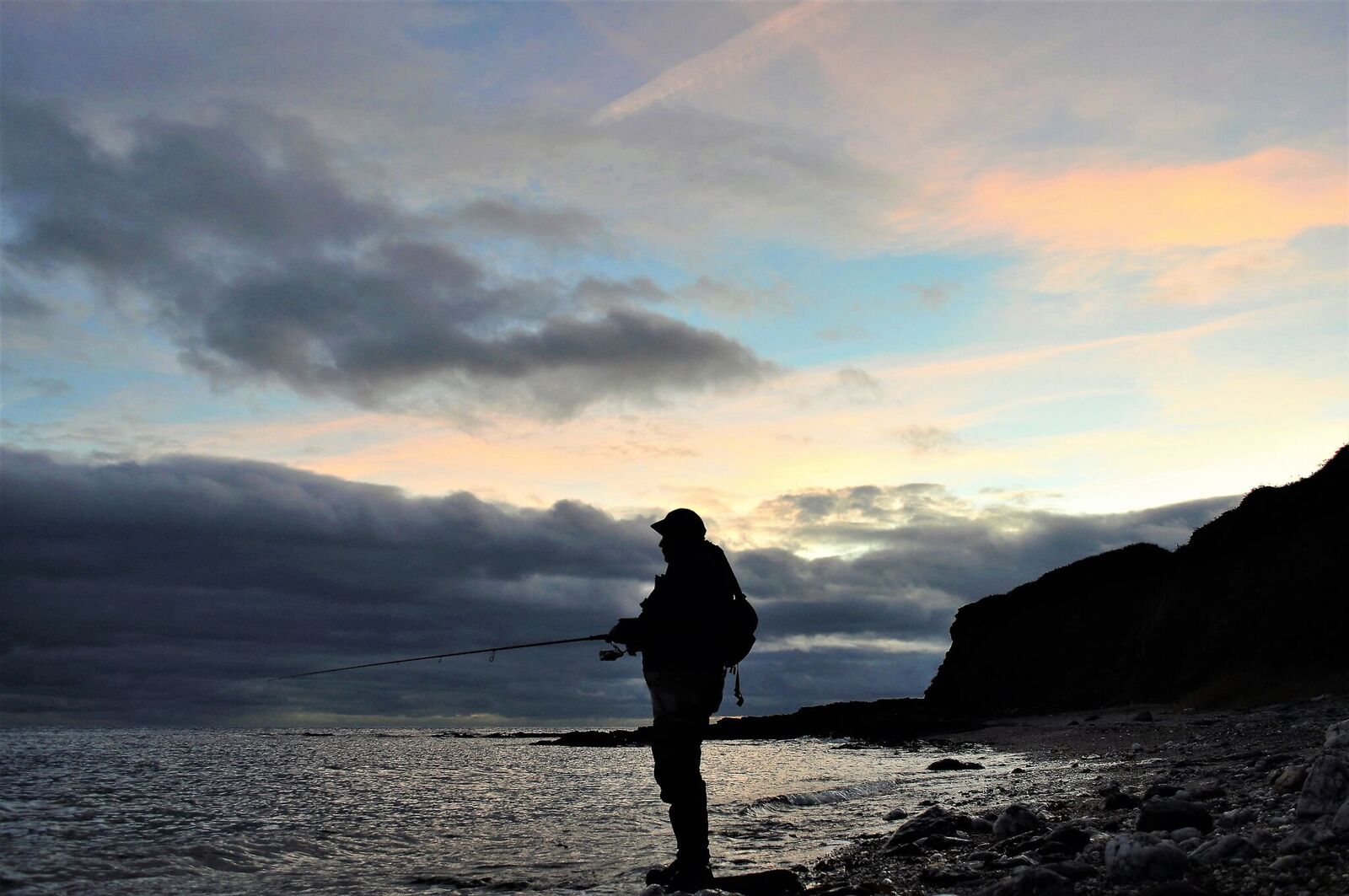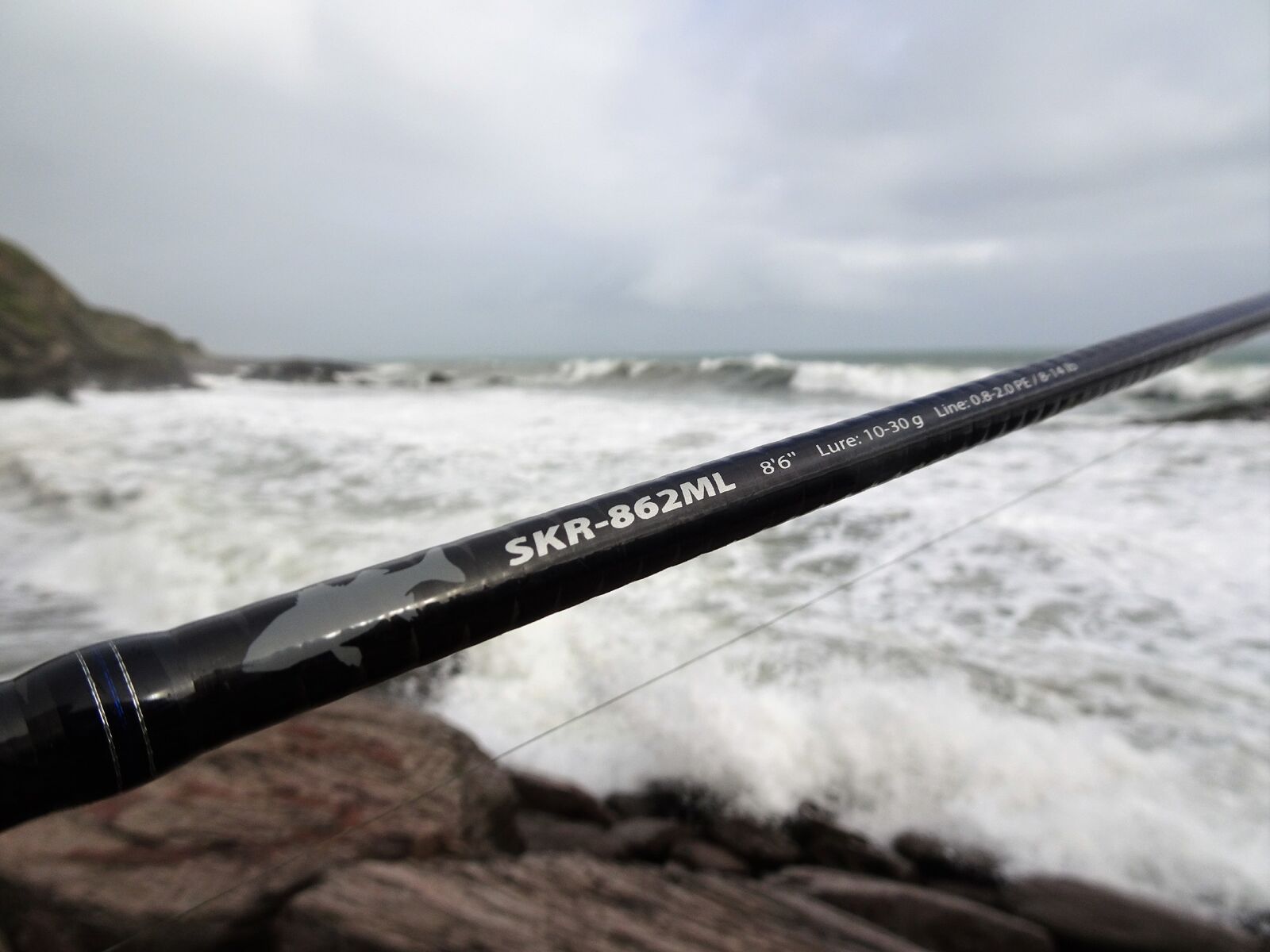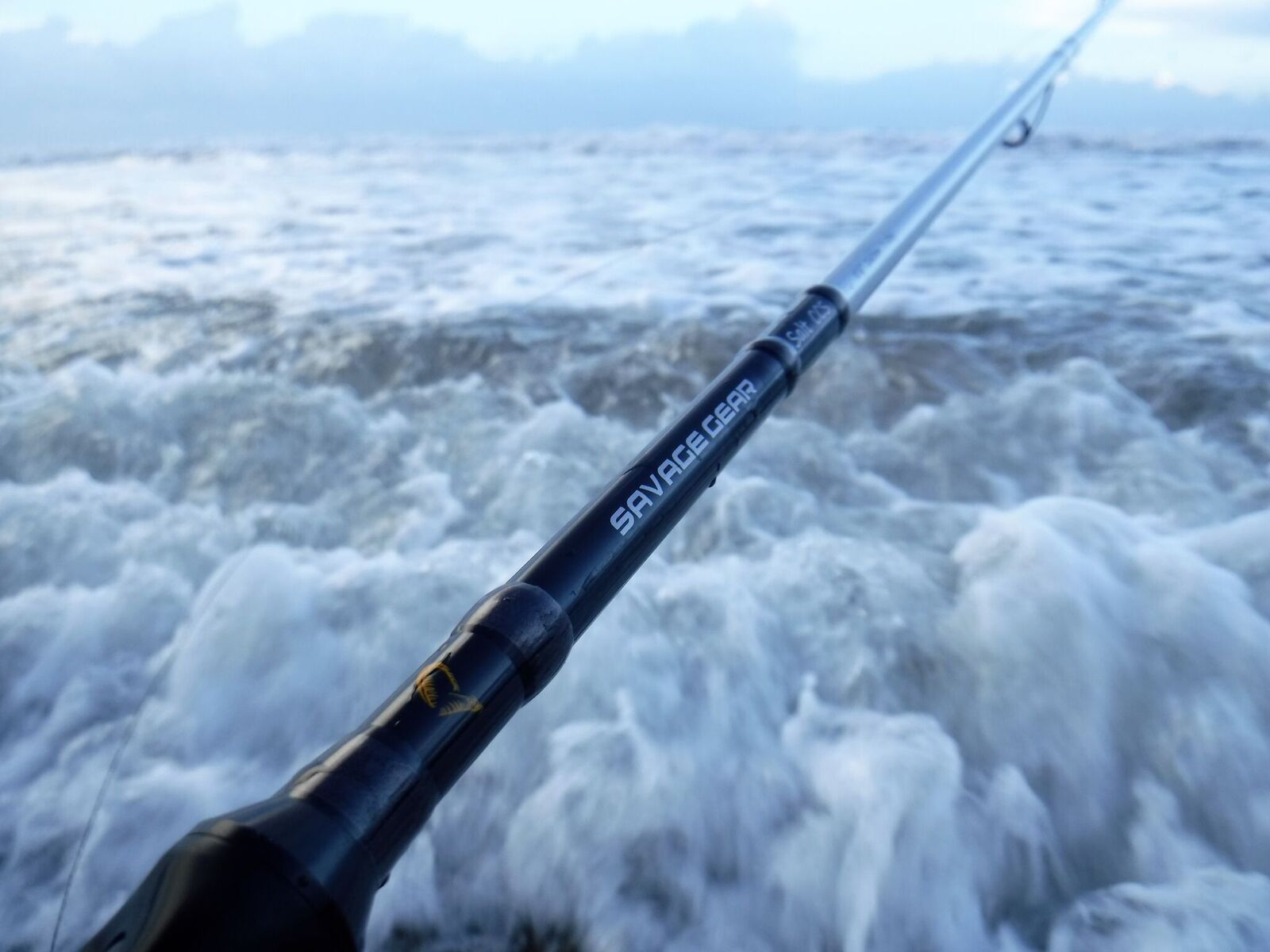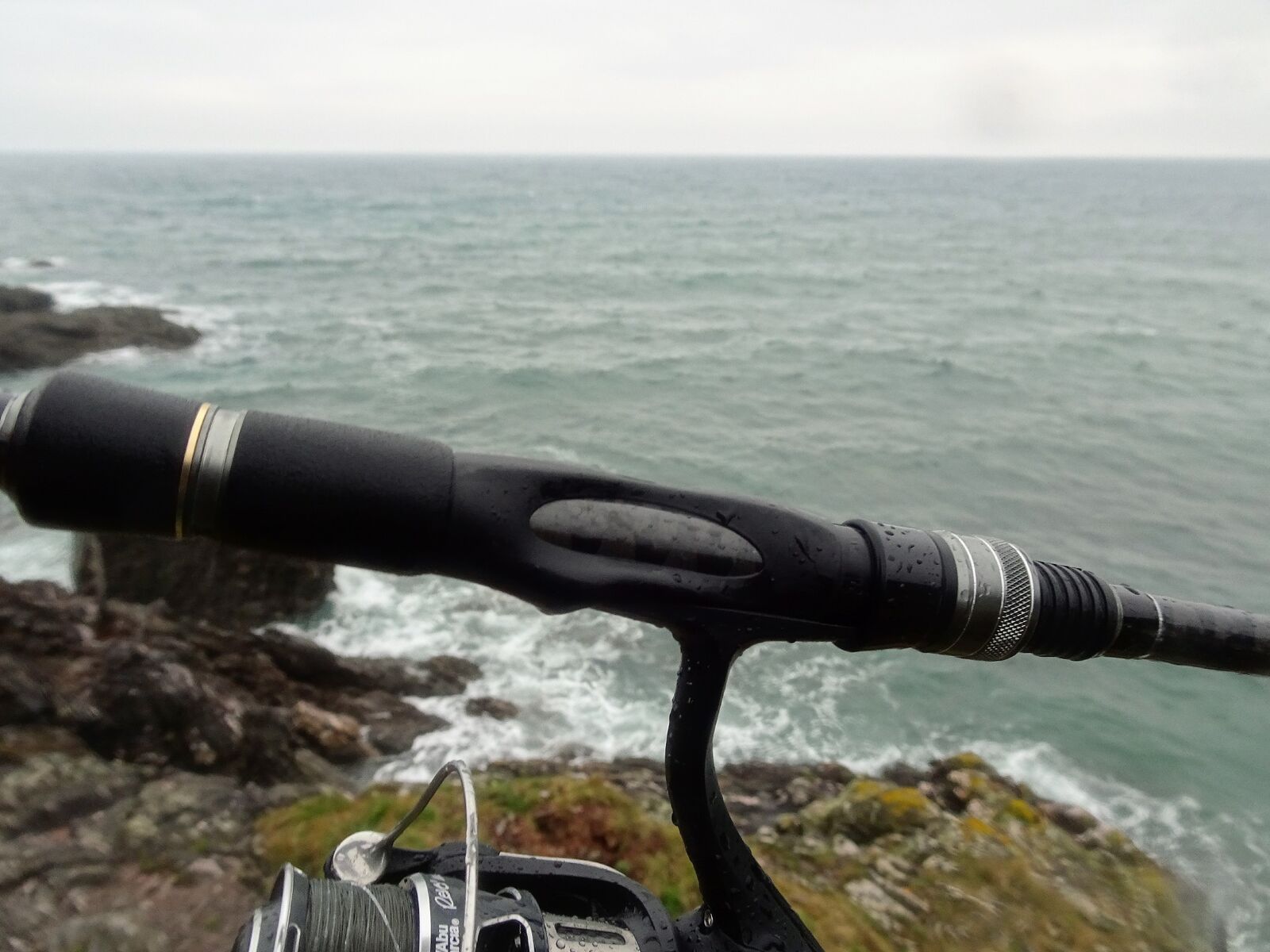Bass Lure Rods – Finding that ‘all-rounder’
Posted by By Marc Cowling (South Devon Bass Guide) on 16th Apr 2018

Whether you’re a lure, bait, fly, beach or boat angler, the fishing rod you use is an immensely personal item, and what feels ‘right’ for one angler may feel totally alien to another. Owning a bass lure rod takes this subjectivity onto a whole new level as the slightest difference to these finely tuned and precisely designed pieces of graphite/carbon fibre can make all the difference.
There could be all manner of reasons why you’re in the market for a new rod - an upgrade, a requirement for more power/more finesse or perhaps the marks or lures you’re fishing with require a certain style of rod. Examples that spring to mind in relation to the latter could be a longer rod that is rated to cast heavier hard lures whilst being capable of launching them into a head wind. Or indeed, a shorter, lighter more sensitive rod more suited to soft plastics that offers that sublime ability to feel every slight interest from a fish or contour on the seabed.
The golden solution of course is a lure rod capable of being highly effective at accomplishing both of the examples mentioned - an ‘all-rounder’ if you like. But where do you start when it comes to finding such a weapon? The items below form a quick overview of what to consider:
- Rod length
- Casting weight rating
- The actual rod weight
- The ‘balance’ point
- The power and action
- The design and length of the handle or grip section
Rod Length + casting weight rating
Shorter rods in the 7’ 6” - 8’ 3” bracket are best suited to close range work; especially if they are rated to cast lighter lures (not just soft plastics) in the 3-21g range. At the opposite end of the scale, rods measuring 9’ 6”+ and with a casting rating up to 35g or beyond are generally powerful tools ideal for really blasting them out there! The middle ground would therefore, be a length of between 8’ 6” - 9’with an upper rating around 28-30g.

The discontinued Major Craft Skyroad 862ml 8’ 6” 10-30g - what a brilliant bass lure rod!
The actual rod weight
It is astonishing how much power these very light pieces of equipment possess, and nowadays you don’t have to spend a fortune to attain a very lightweight and quality bit of kit – the Savage Gear Salt CCS (especially the 7-28g 8’ 6” model) is testament to that weighing in at 130g. Obviously a longer rod with more power will generally weigh more (unless you’re spending a lot of money) and a shorter rod with less power will more often weigh less. Occasionally however something comes along (such as the sadly discontinued Major Craft Skyroad range) that is exceptionally light whilst retaining the strength to battle big fish and accurately ‘arrow’ those lures right out there. The Skyroad was the benchmark for many and still is in my book.

The Savage Gear Salt CCS 8’ 6” 7-28g lure rod offers exceptional value for money.
The balance point
This is arguably more important than the actual rod weight. To find it, attempt to balance the rod horizontally on your middle finger without a reel attached. The further up the rod (towards the tip) your finger needs to be, the more ‘tip heavy’ the rod is. Some will prefer this, others won’t. The next thing to do is to attach your reel and then attempt the same again with the optimum balance point being as close to the rod grip as possible. Top tip – if you’re buying a new rod in the shop take your reel along with you.
The power and action
Most bass lure rods will have the letters ‘L (Light), ‘ML’ (Medium-Light), ‘M’(Medium) or ‘MH’ (Medium-Heavy) written on the blank - this relates to the amount of power it has. The action will be either soft/slow, medium/moderate, fast or very fast and is determined by how far down the rod (towards the reel seat) the blank will flex – the closer it bends towards the tip of the rod, the faster the rod is. The ‘all-rounder’ will generally have a medium/light power rating alongside a moderate-fast action and when you first pick up the rod it will feel somewhat ‘steely’ in the hand. However, be aware that with this kind of set up you need to be more wary of tearing the hooks from a fish’s mouth than you would with a softer rod that will cushion the lunges of a big fish.
The design and length of the butt and grip section
Depending on how you hold the rod when you’re either casting or retrieving a lure will determine what length of butt section suits you best. I tend to hold the rod high up the grip (towards the tip section) therefore a longer butt sits snugly under my armpit almost. Yet if you hold the rod directly above or even behind the reel then a shorter butt section may be more appropriate. The actual grip and design, whether it’s made of cork or duplon,alongside the design of the reel seat can also make or break a rod in my opinion. Ultimately, the last thing you want to do is adjust your hand continually or even change the way you hold a rod to suit the grip - it should all feel as natural as it possibly can which is obviously difficult to ascertain if you’re buying blind.Top tip – don’t remove the tags until your confident your grip and the length of the butt section feels right for you...

Always ensure the reel seat and associated grip is comfortable. The rod here is the one I am currently using - the Tailwalk Salty Shape Dash 90ML 7-28g.
